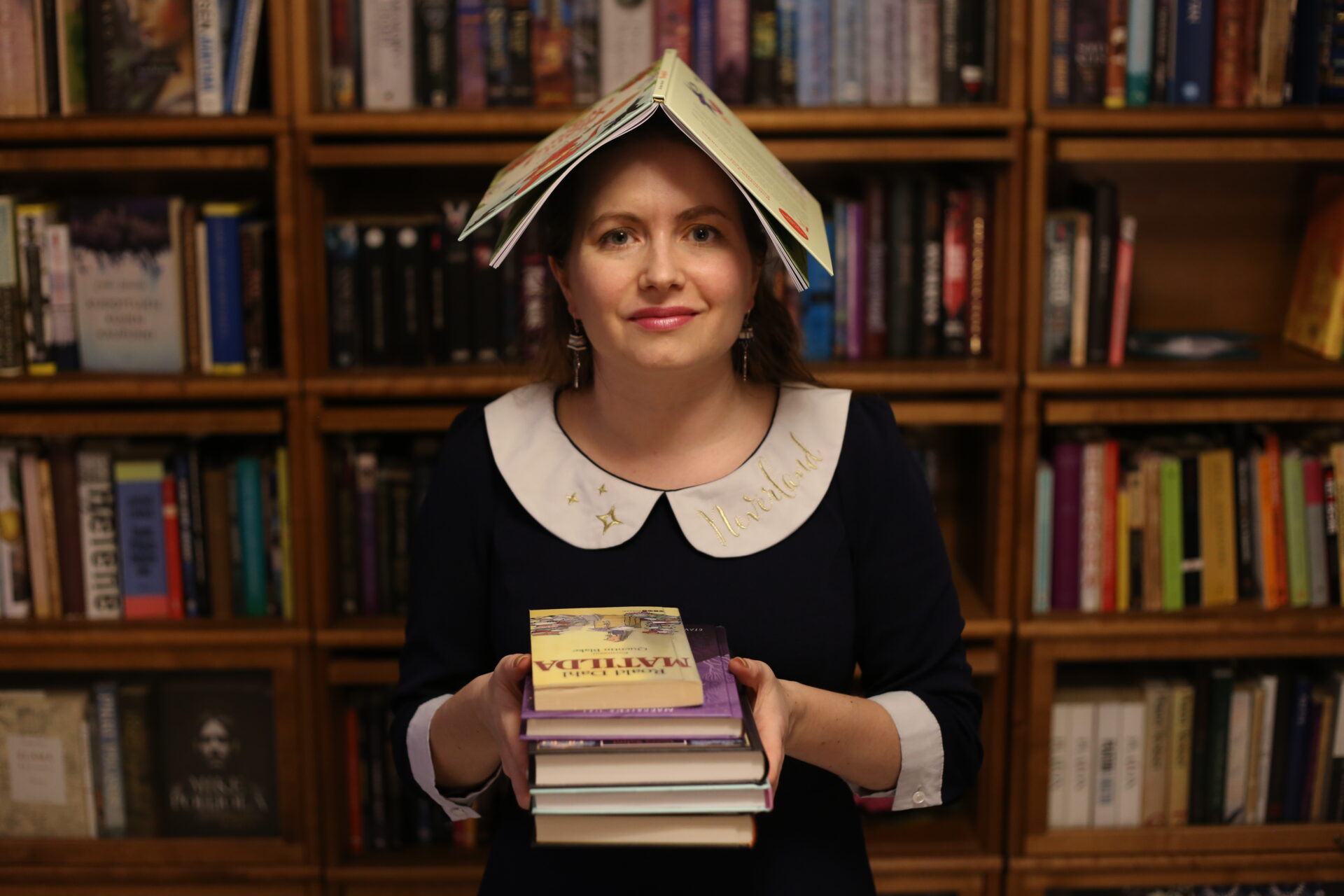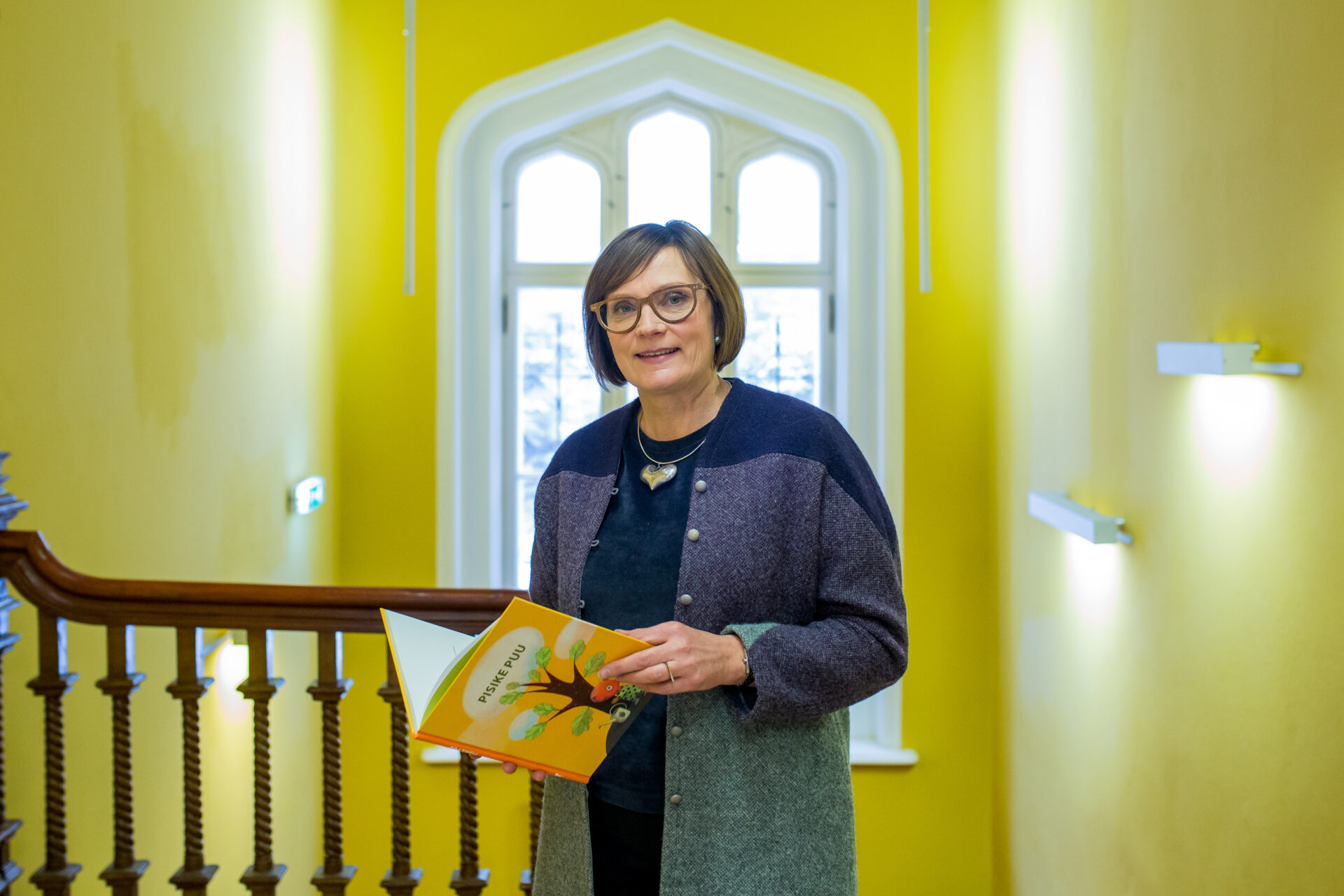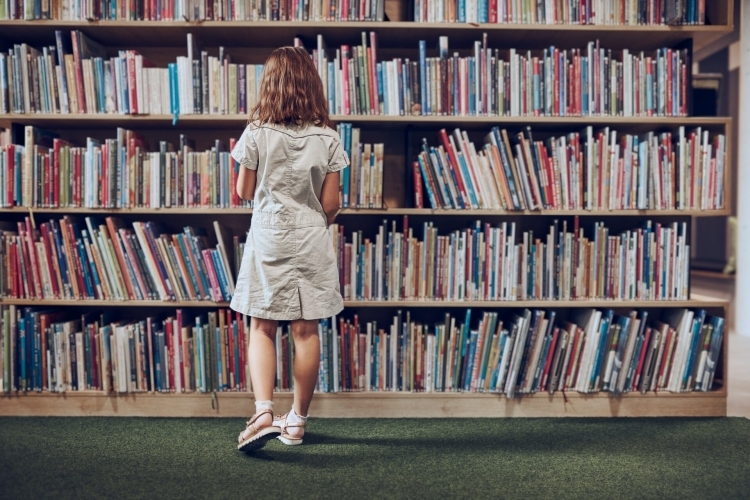The way things have developed over the past few decades is that some people read a lot and are constantly looking for new information, while others don’t read at all or shape their view of the world on the basis of the information found on the Internet. This raises concerns about the future, as the people who read and discuss have the capability to cope well in life and at work, whilst others are at risk of falling on hard times.
Is the future in the hands of young people with poor discussion skills?
According to Sini Helminen, author and librarian at the Helsinki City Library, reading is a topic of many facets, as there are children and adults who read a lot, but there are also children who are so far behind with their reading skills that they find it difficult to understand even the simplest books. Tobias Larsson, who specialises in children’s and youth literature in Swedish at Helsinki City Library, agrees with his colleague Helminen, who focuses on literature in Finnish at the same library.
Larsson points out that while there are subtle differences between consumers of Finnish and Swedish literature, the big picture is more or less the same. “However, I would like to say that children who read a lot also tend to read more than their parents,” Larsson points out positively.
Helminen says that the future, at least in Finland, is a bit bleak, as the government is preparing a legal amendment that will make books harder to access. “The tax reform, which will also increase the price of books, is making the situation more complicated. This means that books may no longer be accessible for those who need particular support to develop and maintain their reading skills.”

Author and librarian Sini Helminen hopes that children will also read in their native language. Photo: Janne Luotola
Compulsory reading in schools is not just an issue for schools and libraries
According to Triin Soone, Director of the Estonian Children’s Literature Centre, the situation is not as bad as people think, at least in Estonia. In her eyes, the future is not so bleak at all and she finds that much depends on how we measure children’s reading compared to the past. No surveys have been carried out in Estonia on how many children limit themselves to the compulsory literature they are required to read at school and how many read in their free time. In any case, it really helps that children in Estonia have compulsory reading at school. However this is not the case in many other European countries. Therefore, it can be said that Estonian children read quite a lot.
Although children in Finland are also required to read books at school up to a certain age, Larsson says that schools and libraries have sometimes been left on their own in fostering reading habits in children. “It’s very difficult to get children to read when parents assume that they have no role to play here and we have to do it alone. They think that children will automatically start reading and take an interest in literature.” In fact, creating a reading habit is hard work, and everyone has to do their part to show children that they’re part of a society where reading is important.
“Maybe children are reading less fiction, but that’s largely because there are so many more ways to spend their leisure time these days,” says Soone. Even if you include other ways of spending time, Soone assures us that there are still enough children who are happy to grab a book.
Reading habits start at home
According to Soone, there are three pillars that determine whether children read. The first one she mentions is the abundance of literature. “If we want our children to ski, we need snow and skis, as only then they can ski. It’s the same with reading – children can read when books exist in their lives and they suit their interests.”
In most cases, reading skills and habits start at home, so when literature is respected at home, there are books, and the child grows up in an environment that encourages reading, he or she also reads. “Then reading can be considered one of their hobbies, because it’s a natural part of their life,” explains Soone.
Larsson agrees with Soone that home is the place where a child’s reading habits begin. “Get children used to books from an early age. Play with books, have reading sessions together where the whole family really reads. Read books to children. You don’t have to do it every day, just sit down together once a week and read for 30 minutes, for example,” she suggests.
However, Soone emphasises that our children are a different generation from us and want to choose what they read – today’s children don’t want to be told what to read. If the preconditions are right, every child will find what suits them, even if it’s comics.
There’s no need to be afraid of comics!
Whilst many adults don’t regard comics as proper reading material, experts disagree. “Children can read comics, there are kids who are interested in magazines, kids who are interested in poetry, fantasy or crime fiction. Each of them has its own thematic wealth that appeals to the child, and from there the child can also develop an interest in cinema or theatre,” says Soone to encourage parents to let their children experiment and explore different genres.
According to Larsson, comics are equally good guides in developing reading habits. “I also liked comics when I was a child, but at the time many teachers and librarians belittled them – they were sort of considered bad literature. I don’t believe that bad literature exists. If it inspires children to read, it should be encouraged.”
Helminen adds that comics can also be used to guide those who find reading difficult, as strong visuals help convey meaning.
Soone calls children who like comics visual readers. This means that in addition to the text, they also read the visual story. A generation ago, the purpose of illustrations was to fill the text and reflect something in the text, and it was seen as relatively marginal, but things have changed. However, says Soone, the role of the illustrator in children’s books is very important – just look at “Raggie” or any other popular children’s book where the characters have been given a face and shape by the illustrator.
There are still relatively few comics writers in Estonia, so they are largely translations from other languages. However, there is a very strong comic book culture right here across the gulf in Finland, or a little further afield in Belgium and the Netherlands, where they are widely read. An Estonian author pointed out by Soone is Joonas Sildre, who is a promoter of the local comics culture, and Kertu Sillaste, who has already published several wordless books where the whole story is told in pictures.
According to Soone, the poor attitude towards comics is explained by the fact that, unfortunately, they’ve been looked down upon in Estonia, and people think that comics are just pictures with a little text bubble inside. “There is a very deep-rooted book tradition in Estonia that values text,” says Soone. “Fortunately, people are slowly starting to value images as well.”
Today’s young people live in a much more visual world and can read considerably more from a picture. This is the reason why many young people start reading comics or graphic novels first.
Larsson also highlights comics as an art form in their own right. “It’s true that not all children enjoy comics and this is just one possible genre to explore. In fact, I also encourage children to experiment with reading at my reading events. Read different genres, take a look at comics, read horror stories, fantasy.”

Triin Soone, head of the Estonian Children’s Literature Centre, says it’s important to help children find content that interests them. Photo: Aron Urb
Up to 800 new books a year
Up to 800 books for children and young people are published in Estonia every year, a third of which are our own original literature and two thirds are translations from other languages. “This is an extremely large number for our small language space. The share of translated literature is also very big, because we have very good translators who translate not just in one direction from English, but from quite a lot of languages.” According to Soone, Nordic children’s literature has always been popular among Estonian children.
Although many books are published, they’re unfortunately not accessible to everyone due to their high prices, and therefore not many people buy them. People’s habits have also changed – large wall-to-wall and floor-to-ceiling bookshelves are disappearing from homes, as people in Estonia and other Nordic countries no longer buy all the books for themselves.
“If the book is in a warehouse or a bookstore and it doesn’t move beyond there, we have to look at how to bring the book and the child together,” says Soone. And this is where the importance of libraries comes to the fore.
Read in another language, but read!
According to Helminen, people read a lot in other languages, such as English. This is a little worrying in her opinion, because for any nation, especially a small one, preserving its language is important. “Although being able to read in one’s native language is important, it’s actually good that something is read at all.”
Larsson even considers it dangerous to deny a child the opportunity to read in another language, as this can lead to a loss of interest in developing reading skills, which inevitably leads to a loss of comprehension skills.
One of the issues to be discussed is how to get children interested in reading. “We can’t keep telling them that reading is fun. The meaning of fun is different for children and adults. For us, it means a rewarding activity with a climax. For a child, something is fun when it’s easy to do and doesn’t take much effort. But reading isn’t always easy, it requires attention,” says Larsson, pointing out an important aspect.
Role of libraries is becoming increasingly important
Libraries are another important aspect when we talk about how to make reading attractive to children. The success of Nordic countries is also built on a network libraries, where all literature is easily accessible. In Estonia, however, this is where the ‘bottleneck’ narrows.
Whilst we have a very good network of libraries, school libraries have virtually disappeared by now, so the main burden has fallen on public libraries. “Here, a lot depends on the level of one or another library and what kind of person the librarian is,” says Soone. “The professionalism of the librarian who brings a child and a book together is also important, as it’s clear that the situation at homes has changed.”
And this raises the third question, i.e. how to quickly introduce young people to the content that interests them, because, as we know, some popular books in the library can have a rather long waiting list. Waiting, however, scares any young person away and diverts them towards interests that are more quickly accessible. “The biggest concern today is that literature is not very widely accessible, it tends to become more exclusive because books are expensive and there are not so many physical bookstores anymore, so you often have to order the book online,” says Soone.
Libraries are also unable to buy much of the increasingly more expensive literature, so they often buy only one copy of a book, and some larger libraries buy two copies. Nordic libraries, on the other hand, are able to buy 10-20 copies of a book. “Sure, my heart bleeds in cases like this, when I think that our libraries only have 1-2 copies of a book to offer to children of the same age,” admits Soone. This also means that a larger group of young people cannot have a discussion about some books.
Whilst not everything is ideal, Soone says parents need not fear that children’s analytical skills will be impaired because they don’t read much, as children are considerably better at reading pictures than we are.
However, it’s very important to read a variety of literature in order to form a world view and understand how it works. “The role of the parent in guiding the child to read is of primary importance, as children’s opportunities often stem from the choices of their parents. The key to success is when we create more opportunities to bring children and literature together – at home, at school, in the library.”

